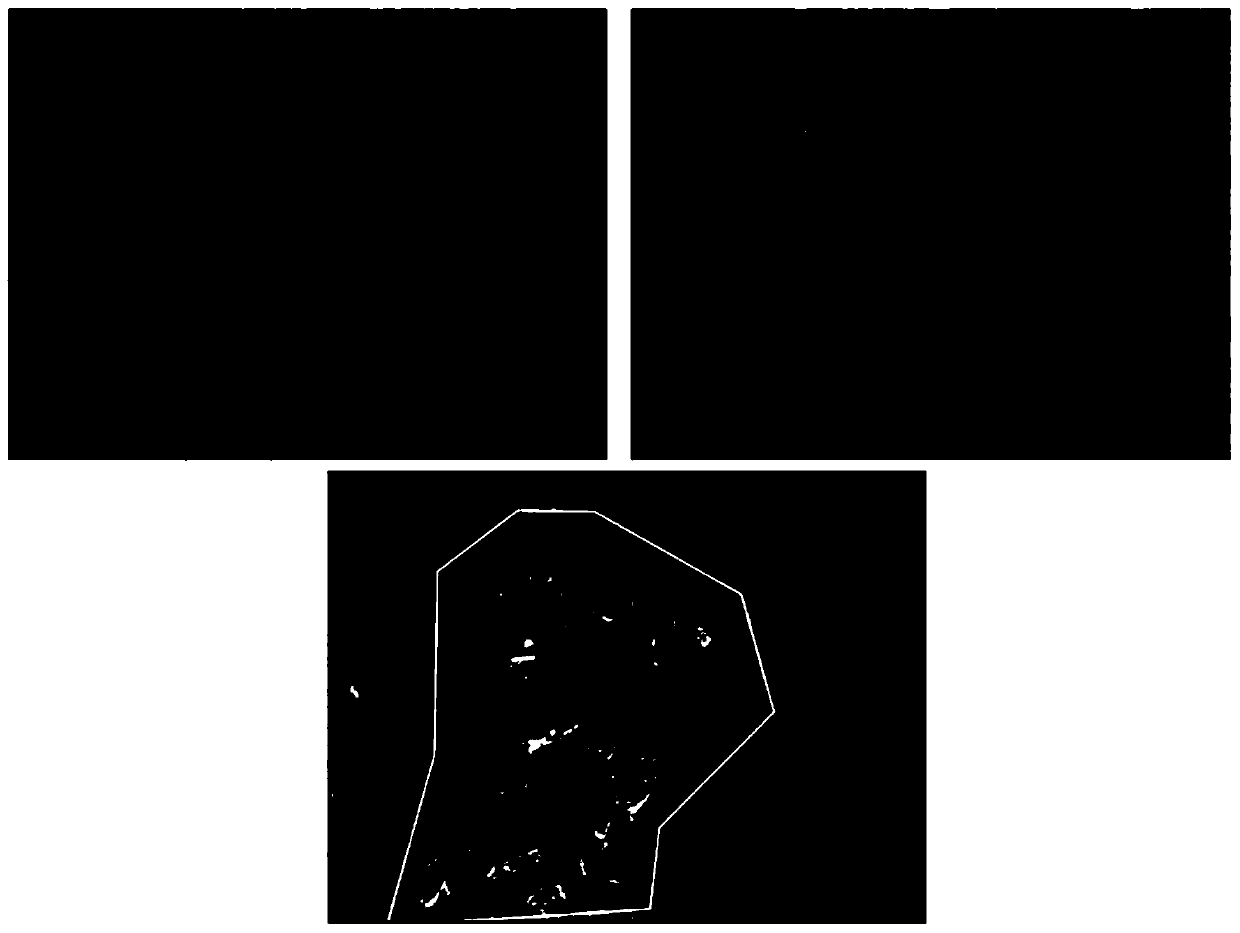Method for predicting and enhancing efficacy of anti-PD-1 antibody or anti-PD-L1 antibody therapy, and method for evaluating cancer grade
A PD-L1 and PD-1 technology, applied in chemical instruments and methods, anti-animal/human immunoglobulins, antibodies, etc., can solve problems such as unclear correlation and difficulty in determining the intensity of PD-L1 expression
- Summary
- Abstract
- Description
- Claims
- Application Information
AI Technical Summary
Problems solved by technology
Method used
Image
Examples
Embodiment
[0088] (Staining Example 1)
[0089] Cancer tissues were collected from 3 cancer patients, and single sections were double-stained with anti-LAT1 antibody and anti-PD-L1 antibody, and the results are shown in Figure 1 to Figure 3 .
[0090] figure 1 This is an example of the staining result of lung cancer tissue (magnification 400 times). The left side of the upper row shows a photograph when LAT1 is stained with a green pigment, the right side of the upper row shows a photograph when PD-L1 is stained with a red pigment, and the lower row shows a photograph obtained by superimposing the two. In this lung cancer tissue, PD-L1 staining was predominant.
[0091] figure 2 This is an example of the staining results of breast cancer tissue (magnification 400 times). The left side of the upper row shows a photograph when LAT1 is stained with a green dye, the right side of the upper row shows a photograph when PD-L1 is stained with a red dye, and the lower row shows a photogra...
PUM
 Login to View More
Login to View More Abstract
Description
Claims
Application Information
 Login to View More
Login to View More - R&D
- Intellectual Property
- Life Sciences
- Materials
- Tech Scout
- Unparalleled Data Quality
- Higher Quality Content
- 60% Fewer Hallucinations
Browse by: Latest US Patents, China's latest patents, Technical Efficacy Thesaurus, Application Domain, Technology Topic, Popular Technical Reports.
© 2025 PatSnap. All rights reserved.Legal|Privacy policy|Modern Slavery Act Transparency Statement|Sitemap|About US| Contact US: help@patsnap.com



